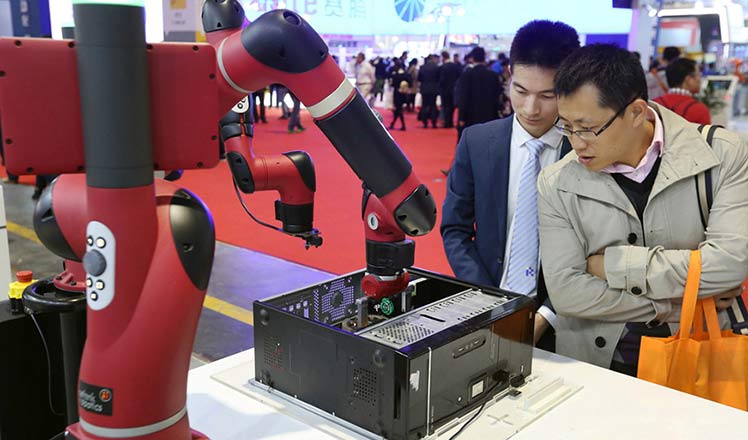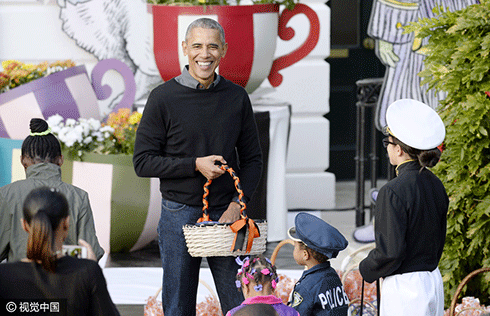Laos, China's Jilin province agree to expand production capacity cooperation
Updated: 2016-11-03 10:12
(Xinhua)
|
|||||||||
VIENTIANE --Laos and Northeast China's Jilin province on Wednesday agreed to expand production capacity cooperation.
During a meeting on promotion of production capacity cooperation held in Lao capital Vientiane, Lao Deputy Minister of Planning and Investment Khamlien Pholsena said Jilin is the first Chinese region coming to Laos to promote production capacity cooperation.
The meeting is expected to drive the exchanges and mutual understanding between Laos and the Chinese region, as well as to create favorable conditions for further cooperation and to deepen the comprehensive strategic cooperative partnership between the two countries, Khamlien said.
Sui Zhongcheng, deputy governor of Jilin province, for his part, said that the promotion of production capacity cooperation is among major activities to implement the "Belt and Road" initiative proposed by China.
Laos has rich natural resources including land, mineral and hydro-power resources, as well as good conditions for agricultural development, which have strong complementarity with China's economy, Sui said, adding that there are huge potentials for bilateral cooperation.
Jilin authorities are willing to communicate with Lao government for sound cooperation in production capacity between the two sides, Sui said.
According to an official of Chinese Embassy in Laos, China has many competitive industries, including high-speed railway, construction materials, nonferrous metals, among others, while Laos is in the progress of industrialization. Cooperation in production capacity will help promote sustainable and stable development of the Lao economy.
China has invested in over 764 projects in Laos, ranging from mining to agriculture, electricity, handicrafts and tourism with a combined value of more than seven billion Lao kip ($862,000), making China the biggest foreign investor in Laos.
Some 552 projects had 100 percent Chinese investment, while 212 projects were joint venture investments with local partners, according to Lao statistics.
- France to begin moving migrant minors from Calais
- China-Japan ties growing but unstable: Premier
- Analysts to watch Alibaba's cloud computing, mobile results
- UN Security Council hails election of new president in Lebanon
- Regular China-South Asia freight train launched
- Police swoop on Paris migrant camp after Calais Jungle clearout

 Robots draw people to China International Industry Fair
Robots draw people to China International Industry Fair
 German international Miroslav Klose retires
German international Miroslav Klose retires
 Top 10 most influential Japanese cartoons in China
Top 10 most influential Japanese cartoons in China
 Opera performer who takes her shows to villages
Opera performer who takes her shows to villages
 13 most appealing cars in China in 2016
13 most appealing cars in China in 2016
 Obamas host White House Halloween for children
Obamas host White House Halloween for children
 China Fashion Week: Liu Yong Exclusive
China Fashion Week: Liu Yong Exclusive
 Top 5 collaborating countries in Belt and Road Initiatives
Top 5 collaborating countries in Belt and Road Initiatives
Most Viewed
Editor's Picks

|

|

|

|

|

|
Today's Top News
US election rhetoric unlikely to foreshadow future US-China relations
'Zero Hunger Run' held in Rome
Trump outlines anti-terror plan, proposing extreme vetting for immigrants
Phelps puts spotlight on cupping
US launches airstrikes against IS targets in Libya's Sirte
Ministry slams US-Korean THAAD deployment
Two police officers shot at protest in Dallas
Abe's blame game reveals his policies failing to get results
US Weekly

|

|









